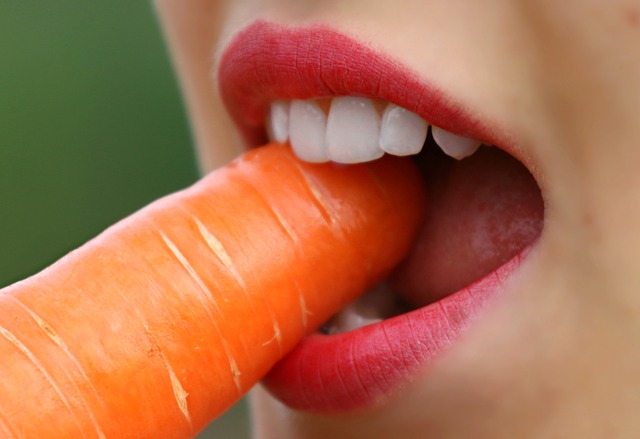
For those who dread the visit to the dentist’s clinic or are just too plain lazy to do regular toothbrushing, this newly-developed vaccine for tooth decay could be a comical yet welcome relief. A team of researchers from the Chinese Academy of Sciences Wuhan Institute of Virology, led by Yan Huimin, have developed a new vaccine for tooth decay or dental caries (in Latin, ‘caries’ means “rot” or “decay”).
The vaccine acts against Streptococcus mutans, the bacteria that cause tooth decay. In the mouth, these bacteria break down food remains and produce lactic acid. This acid dissolves enamel (the hard, outer layer portion of the teeth), leading to cavities.
The vaccine acts by teaching the immune system to make antibodies against a type of protein found in S. mutans. This protein promotes adhesion of the bacteria to the teeth’s surface. If the bacteria will be prevented from sticking into the enamel, it will be washed away by saliva, leaving the teeth unharmed. The protein is called recombinant PAc (rPAc).
In an earlier study published in 2014, the researchers fused rPAc with another protein called KF, a recombinant flagellin from the E. coli K12 strain. This KF-rPAc protein fusion is highly effective against tooth decay but it never made it to clinical trails as it can possibly cause inflammatory injury side effects.
To lessen this aspect, researchers improved the vaccine with a new protein fusion now referred to as KFD2-rPAc. The new vaccine has the same effectivness of the original version but carries no longer the side effects. Nasally administered to mice without caries, the vaccine showed 64.2% preventive potency. While on mice with caries, the vaccine showed a promising 53.9% therapeutic effect.
This isn’t the first or second time that scientists have attempted to make vaccines for tooth decay. Such developments have been going on for more than 30 years. In 1972, the first known caries vaccine was reported in England where it already underwent animal testing. While attempting to elicit an antibody response is the usual route for many vaccine developments, other studies also looked into replacing S. mutans colonies in the mouth with a different, non-cavity-causing strain or with another bacteria like Lactobacillus. Why we still don’t have a caries vaccine now is not fully explained but circumstances point to inherent difficulties of development and the lack of strong economic interest as the main reasons.
For now, the vaccine based on KFD2-rPAc fusion still needs to undergo more tests before a final version can be readied for clinical trials. If perfected, millions of people around the world will benefit from it, especially for people who live in areas with limited access to dental services and for those who simply love to eat sweets or sugary foods.
Still, it is premature to seriously consider this vaccine as a replacement for your toothbrush and dental floss. In the end, that regular visit to your friendly dentist is still necessary.
The full text of the study can be read in Scientific Reports.
- Bulenox: Get 45% to 91% OFF ... Use Discount Code: UNO
- Risk Our Money Not Yours | Get 50% to 90% OFF ... Use Discount Code: MMBVBKSM
Disclaimer: This page contains affiliate links. If you choose to make a purchase after clicking a link, we may receive a commission at no additional cost to you. Thank you for your support!

Leave a Reply